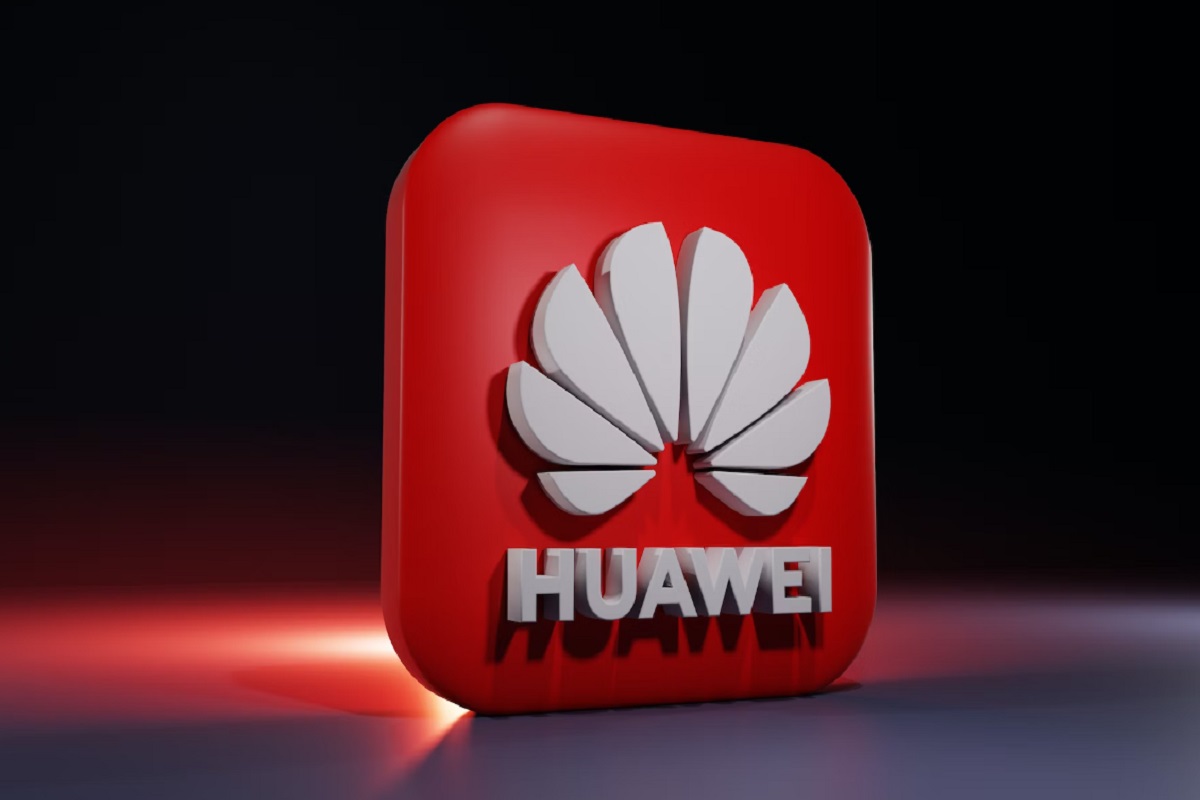U.S. Commerce Secretary Gina Raimondo said that the United States currently has no evidence that Huawei and other Chinese technology companies have the capacity to mass-produce advanced chips for smartphones.

The Minister made the corresponding statement last Tuesday, September 19, during Congressional hearings. She also spoke about her chagrin that arose last month during a visit to China due to the fact that Huawei at that time released a new smartphone equipped with an improved chip.
Gina Raimondo said that the United States is trying to use all available tools to deprive China of the opportunity to promote its technologies in ways that could harm American interests.
The Bureau of Industry and Security of the Ministry of Commerce in September launched an investigation into a Huawei smartphone and an alleged 7-nm chip made by the Chinese Semiconductor Manufacturing International Corporation, which was discovered when disassembling a mobile phone. In this case, the main subject of interest is to find out whether SMIC had permission from the Ministry of Commerce to supply Huawei, which is blacklisted by the United States.
Gina Raimondo said she would not comment on any investigations, but noted that the agency she heads will conduct proceedings on the fact of each case of a potentially possible violation of the export control regime of the US.
Last week, a group of Republican lawmakers led by Michael McCaul demanded that the Commerce Department stop the process of interaction between Huawei and SMIC with their American suppliers. They also said that the Chinese company’s new smartphone is evidence of the ineffectiveness of the sanctions measures imposed by the United States. Lawmakers have called for a tougher regime of restrictions on the Chinese technology sector.
Huawei has released the Mate 60 Pro smartphone with a new Kirin 9000s chip, which is manufactured in China by SMIC. During the technological examination, it was established that this development uses a processor in which the advanced 7-nm technology of the mentioned Asian chipmaker is embedded. According to experts, this fact signals certain successes of China in the framework of activities to create its own ecosystem of chips.
The new Huawei smartphone appeared on the market during Gini Raimondo’s visit to the mentioned Asian country. The Trade Minister arrived in China to hold talks aimed at developing measures to reduce the level of tension in relations between Beijing and Washington.
Silicon Mate 60 has become, in a sense, a test of strength for the United States. The ability of a Chinese company to create and implement advanced technologies calls into question the effectiveness of the US government’s efforts to restrict Beijing’s access to innovation. Washington is taking appropriate measures, fearing that China will use next-generation technologies to strengthen its military capabilities.
In 2022, the administration of US President Joe Biden introduced export controls. This decision, among other things, was aimed at preventing China from gaining access to 14-nm chips. The United States has also blacklisted SMIC.
Huawei intends to release 15 million smartphones based on Kirin chips this year. In 2024, the company plans to fill the market with 70 million devices with these chips. This volume is significant but does not exceed the quantitative performance indicators of Taiwan Semiconductor Manufacturing, Apple’s main supplier. This company annually produces 200 million chips for the iPhone.
Huawei in 2019 was included in the list of legal entities that are prohibited from accessing high-quality tools for the production of microcircuits from the United States. Because of this decision of the American government, the company diversified its sources of income into industries less familiar to it, including the automotive industry and the Internet of Things.
Currently, it is difficult to determine the future prospects of the Chinese semiconductor sector unambiguously, since the situation in this area is not extremely unambiguous. Huawei has demonstrated some success. At the same time, Oppo dissolved the semiconductor division, explaining this decision by the decline in global smartphone shipments.
As we have reported earlier, China Reportedly Seeks Money to Drive Chipmaking.









